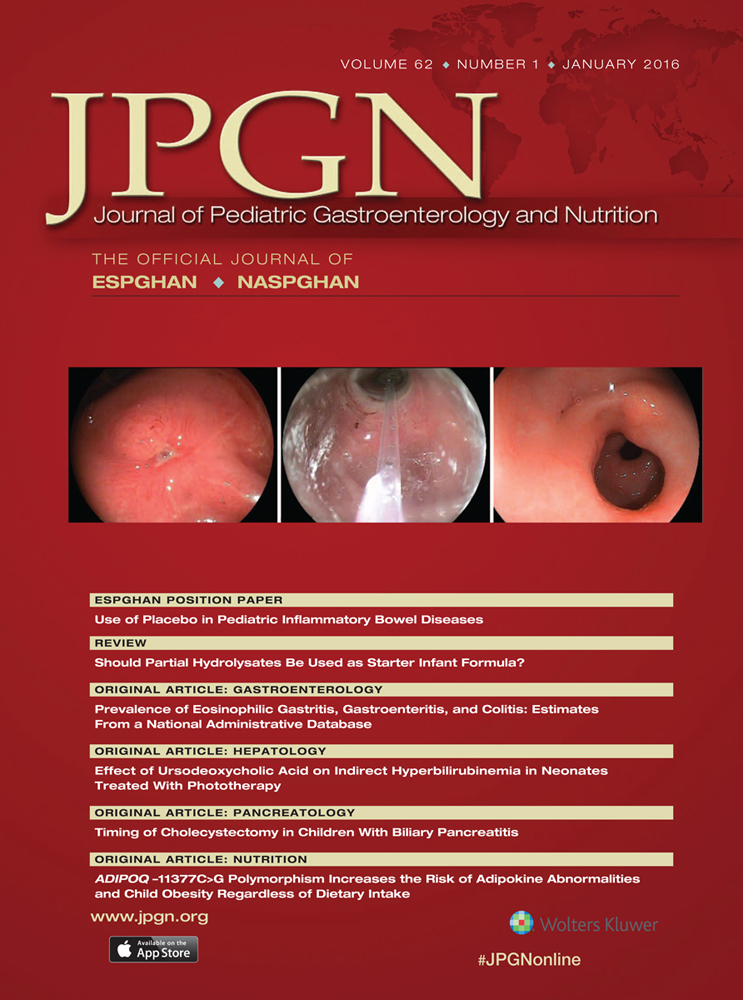Continuous 48-Hour Wireless Esophageal pH Monitoring in Children
Comparison Between Days 1 and 2
The authors report no conflicts of interest.
ABSTRACT
Aim:
Comparison of days 1 and 2 to each other and to the total recording of 48 hours in continuous 48-hour wireless esophageal pH monitoring in children.
Methods:
A retrospective study of 105 patients who underwent 48-hour pH monitoring (Bravo) studies between January 1992 and June 2010 was performed. Reflux variables were compared between days 1 and 2.
Results:
A total of 58 (55.2%) patients were men. The number of reflux episodes, number of long reflux >5 minutes, duration of the longest reflux (minutes), time pH <4 (minutes), fraction time pH <4 supine (%), fraction time pH <4 upright (%), reflux index, and DeMeester score did not differ between days 1 and 2.
Conclusions:
No effect of anesthesia was observed on the gastroesophageal reflux parameters on children.




